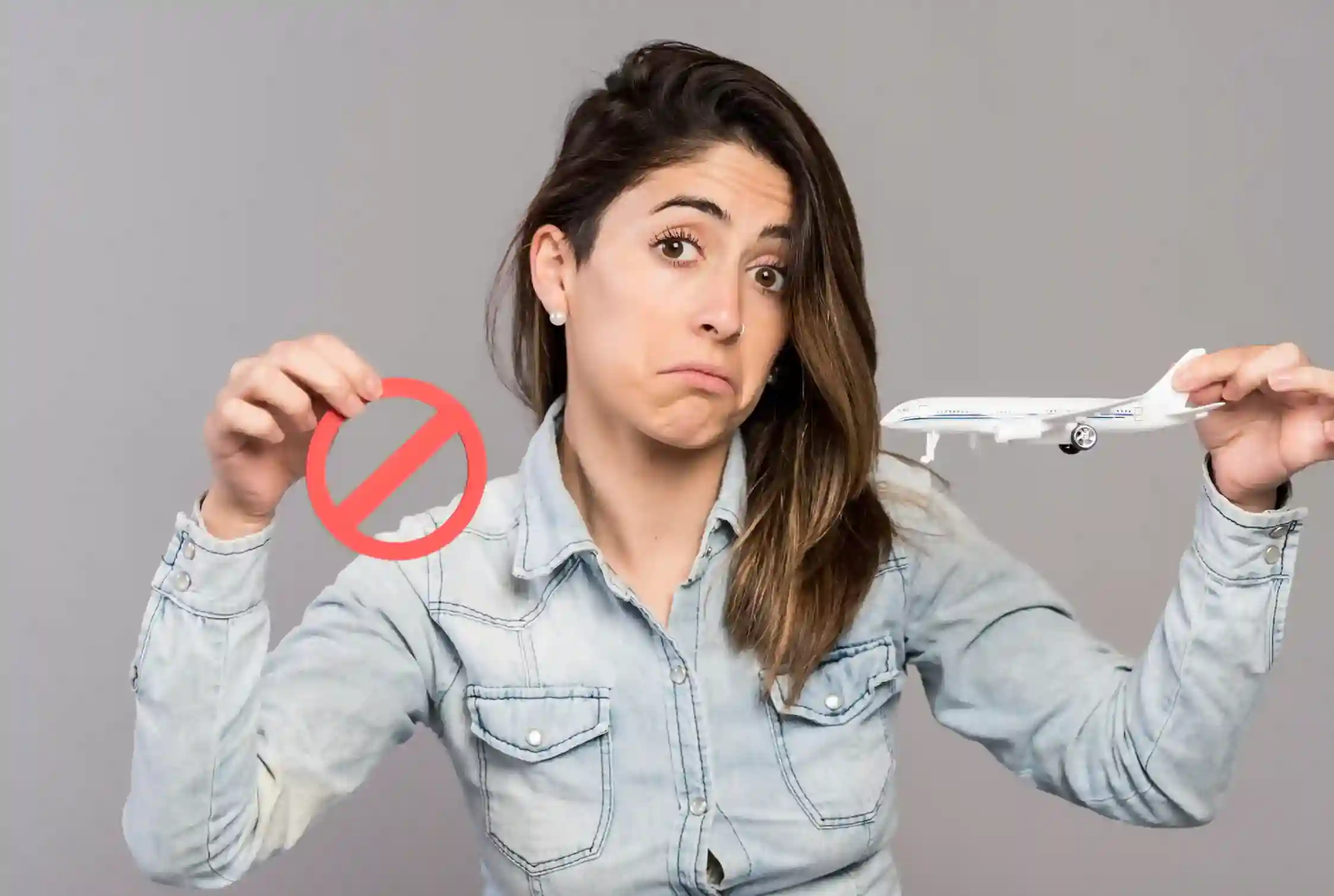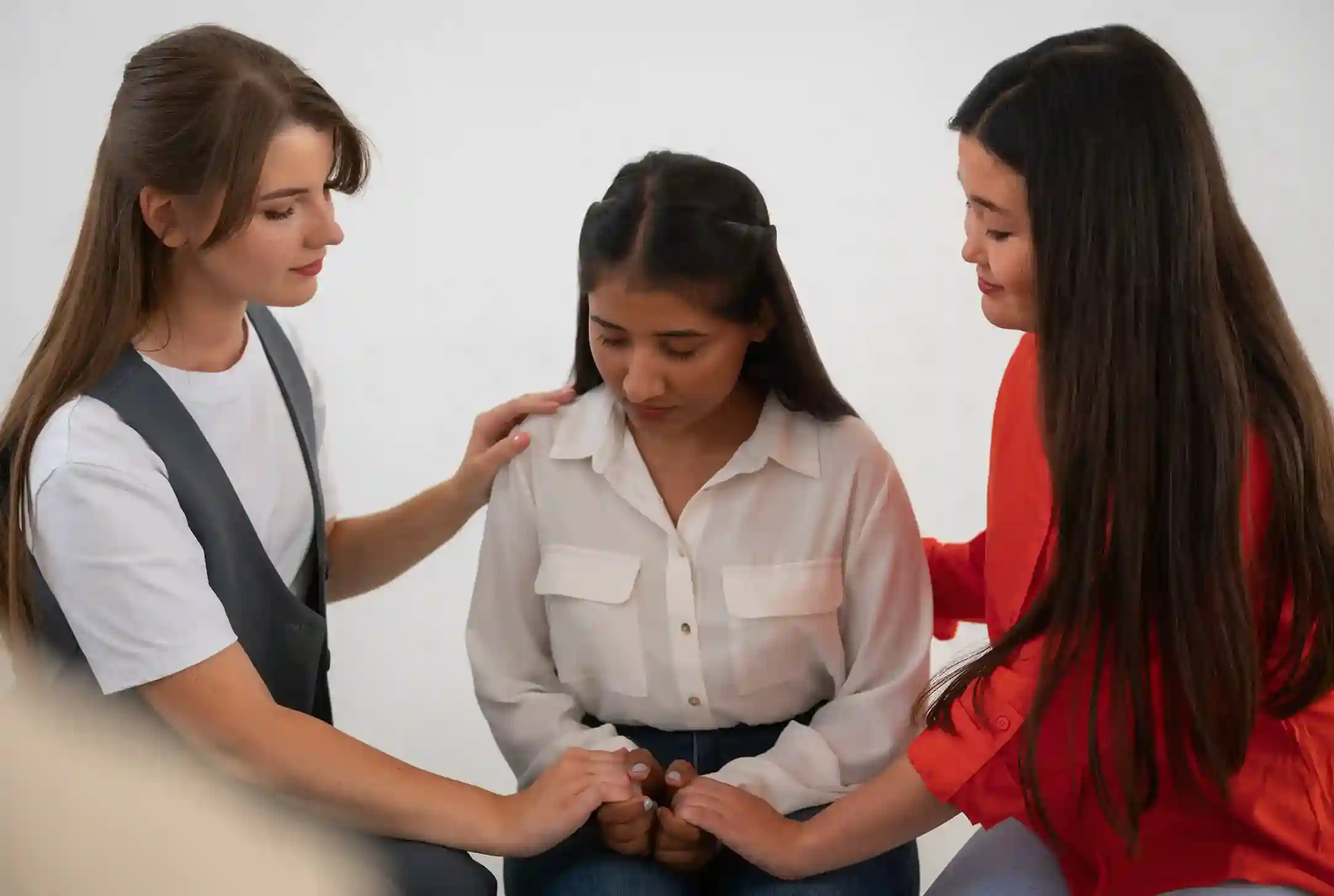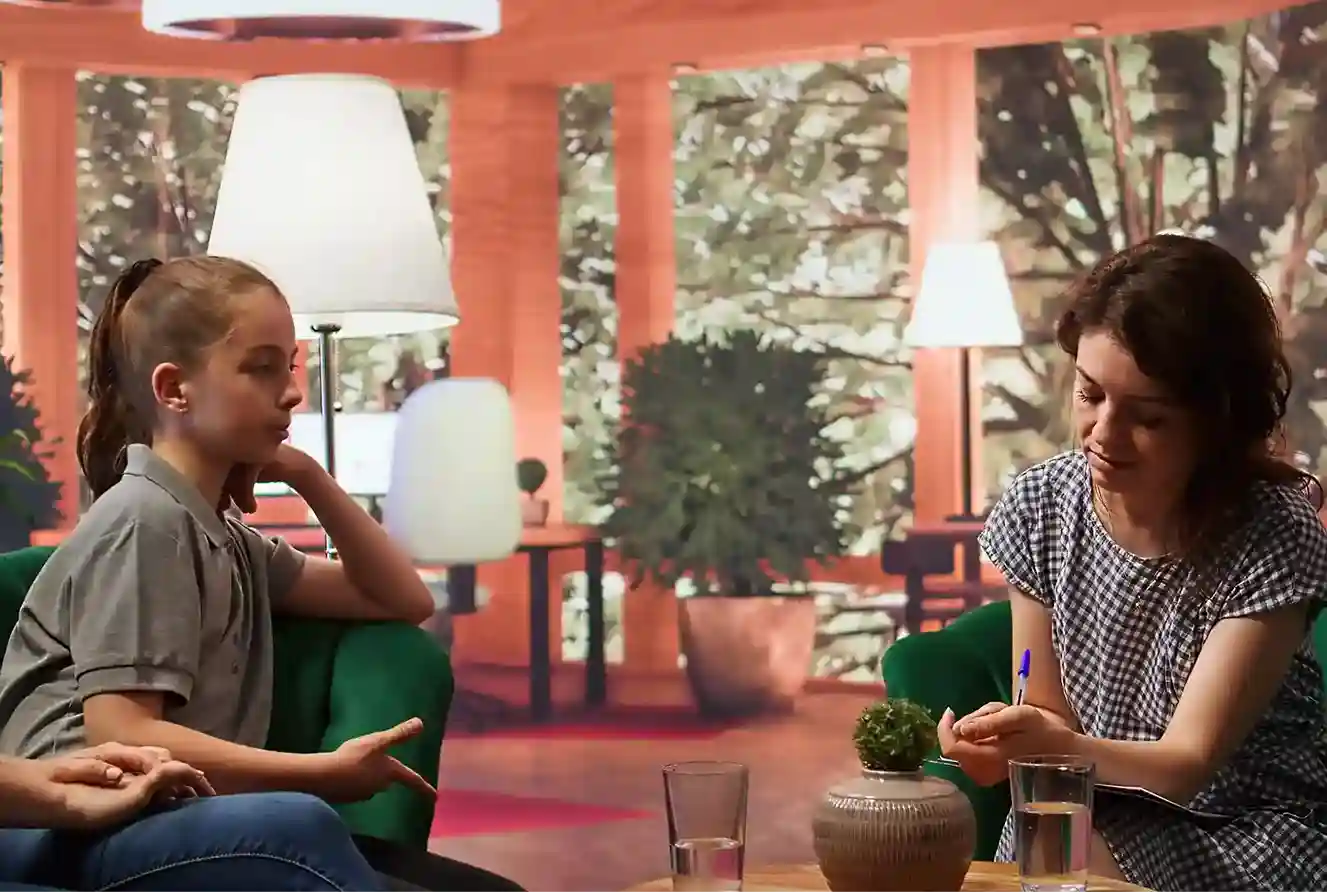Have you ever felt exhausted following a conversation where someone merely unloaded their innermost conflicts—unannounced, no context, or even an inquiry whether you were willing to hear?
This type of interaction happens more than we know, and it’s referred to as trauma dumping. Sharing emotional pain makes sense, but it can be harmful—to both parties—if it is done without regard for time, consent, or the speaker’s emotional space.
In this blog, we will explore what is trauma dumping, how it differs from good venting, signs to look for, its emotional effects, and how to establish emotional boundaries for more respectful, healing communication.

What Is Trauma Dumping?
Let’s start with the fundamentals. Trauma dumping meaning when someone shares very distressing personal experiences in an unfiltered, overwhelming manner—usually without notice or mutual consent.
Simply put, it’s when someone spills emotional anguish without first checking to see if the other is willing or ready to accept it. Usually, it’s one-sided emotional dumping, where the person receiving the information feels they have no space to reply or withdraw.
Unlike psychotherapy or guided trauma processing, trauma dumping psychology requires very little self-reflection or structure. For the listener, it can be messy and exhausting; it might naturally drive away others.

Trauma Dumping vs. Venting: What’s the Difference?
It’s helpful to understand that not all emotional conversations are trauma dumping or emotional dumping. Actually, expressing how we feel is needed and healthy—only when done with sensitivity.
Venting |
Trauma Dumping |
| Usually it includes consent: “Can I talk to you about something?” | Happens without warning |
| Is about expressing emotions in a balanced way | Feels intense, overwhelming, and one-sided |
| Builds connection and support | Leaves others drained or emotionally burdened |
| Has an endpoint | Can go on endlessly without checking in |
Trauma dumping vs venting may seem similar, but the difference lies in intention, timing, and mutual emotional awareness. Respecting emotional boundaries is the key.

Signs You Might Be Trauma Dumping (or Experiencing It)
We all experience emotional ups and downs. But how do you know if you’re trauma dumping—or being exposed to it?
If you’re the one sharing:
- You often share your trauma in public or unrelated environments.
- You talk in great emotional detail without taking note of how the other person feels.
- You continue even when the listener appears uncomfortable.
- You feel relieved after dumping, but the listener looks drained.
When you’re the listener:
- You feel stuck in the conversation.
- You experience emotional exhaustion or anxiety afterward.
- You feel like you can’t say “no” or get out.
- You weren’t asked if it’s okay to talk about heavy topics.
Trauma dumping in friendships can destroy trust and emotional safety. Knowing how to recognize trauma dumping allows you to safeguard your well-being without sacrificing being a good friend.

Why People Trauma Dump
So, why do people trauma dump?
It’s not necessarily intentional or harmful on purpose. Most people who trauma dump are attempting to find connection, process pain, or feel seen. But if someone hasn’t had the space to heal, or hasn’t been taught strong emotional boundaries growing up, they might not know their sharing is overwhelming to other people.
Some typical reasons:
- Unmet emotional needs as a child or in previous relationships
- Unprocessed trauma that’s spilling out
- Feeling unsafe or unheard in daily life
- Confusing social media oversharing with real emotional connection
In today’s world of mental health oversharing, it’s easy to forget that not every platform—or person—is the right space for deep emotional release.

The Impact of Trauma Dumping on Relationships
Trauma dumping in relationships, especially close ones, can lead to serious emotional strain. It may start with good intentions, but it can result in:
- Burnout of emotions for the listener
- Guilt or resentment in the relationship
- Loss of trust and communication
- The listener is withdrawing to shield themselves
In professional or supportive settings such as therapy or coaching, dumping can also sidetrack the intention of the session. It’s always better to vent pain using structured support.
The emotional cost of oversharing is real—on both the giver and receiver sides.

How to Stop Trauma Dumping
If you’ve noticed that you may be trauma dumping, don’t be too tough on yourself. You can’t know before you do, and there are wholesome means of processing trauma without damaging your relationships.
Here’s where to start:
- Stop and think first before sharing. Ask yourself: Is this the appropriate time? Is the individual emotionally available?
- Write down your feelings if you’re unsure who to discuss it with.
- Seek therapy where you can work through your pain in a safe, facilitated environment.
- Check in with the listener: “Is it okay if I talk to you about something heavy right now?”
These small adjustments can make a big impact on how your feelings are met and supported.

How to Respond to Trauma Dumping Respectfully
And what if you’re the one on the receiving end of trauma dumping?
It’s difficult to balance kindness with self-care. But it’s alright to place emotional boundaries and still be kind.
Here’s how:
- Acknowledge their pain without internalizing it: “I hear that you’re going through something difficult, and I want you to feel supported.”
- Set limits clearly but gently: “Currently, I am not able to maintain this space. Can I talk later?”
- Redirect to professionals: “Perhaps it would be a good idea to talk to a counsellor who’s experienced in walking you through this.”
Knowing how to react to trauma dumping with kindness makes everyone feel respected and emotionally secure.

When Sharing Trauma Is Healthy
Sharing our narratives is a healing force. But it must be done carefully, with context, and consent.
Healthy communication around trauma resembles:
- Checking in first: “May I share something intimate?”
- Choosing safe and supportive spaces —such as therapy or close friendships
- Refraining from public platforms except for awareness purposes, with clear boundaries
- Being mindful of the listener’s time, energy, and comfort
Trauma-informed sharing builds trust, not tension. When we speak from a place of awareness, both the sharer and listener feel empowered—not weighed down.

Conclusion: Create Space for Healing—Respectfully
At its core, we all just want to be heard and understood. Sharing your trauma isn’t wrong—but sharing without care can damage the very bond you’re seeking.
Let’s go for mental health discussions based on trust, permission, and empathy. Let’s make it okay to say, “Are you okay to chat about something heavy?” before we jump in.
With improved awareness and more emotional boundaries, we can craft relationships that facilitate healing—without leaving anyone emotionally drained.

FAQs – Trauma Dumping? Signs, Impact & Boundaries
-
Is trauma dumping a mental illness?
- No, trauma dumping is not a mental illness. It’s a behavioural pattern that may be the result of unresolved trauma or weak emotional boundaries.
-
How do I tell if I’m venting or trauma dumping?
- If you’re venting for consent and awareness, then you’re venting. If you’re dumping strong emotions without first checking in, you might be trauma dumping.
-
Can trauma dumping hurt friendships?
- Yes, if not navigated carefully, it can cause emotional draining, resentment, and disconnection.
-
Should I stop someone from trauma dumping? How?
- You can answer with respect by setting clear emotional boundaries and recommending they talk to a therapist or support group.
If you don’t know how to do it or how to do it for another, don’t worry: you’re not alone.
There is always help available—and we at Emotional Ability Resources (EaR) can walk you through how to share emotions healthily.
